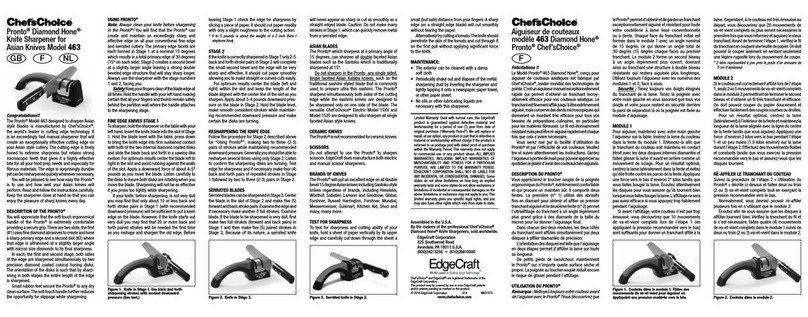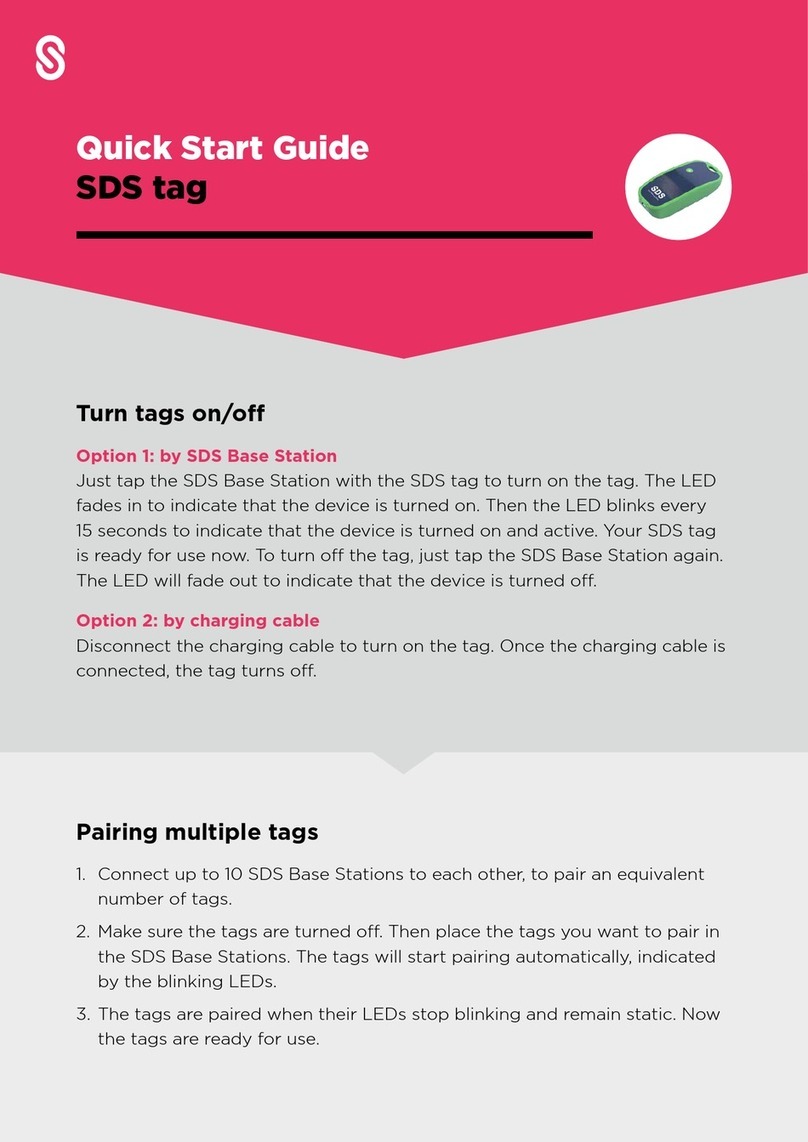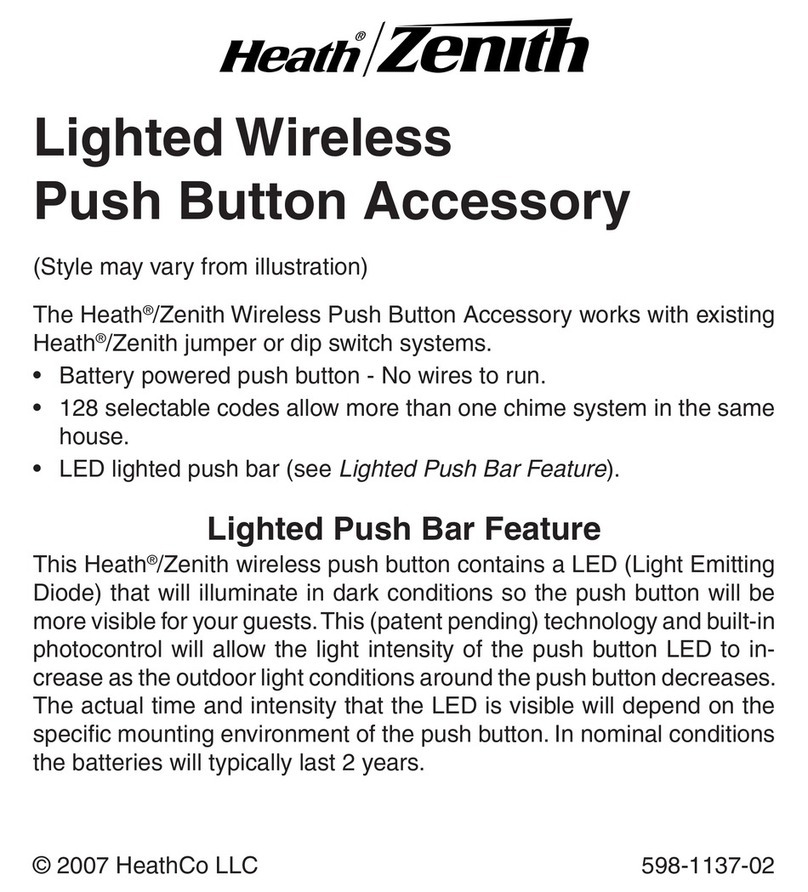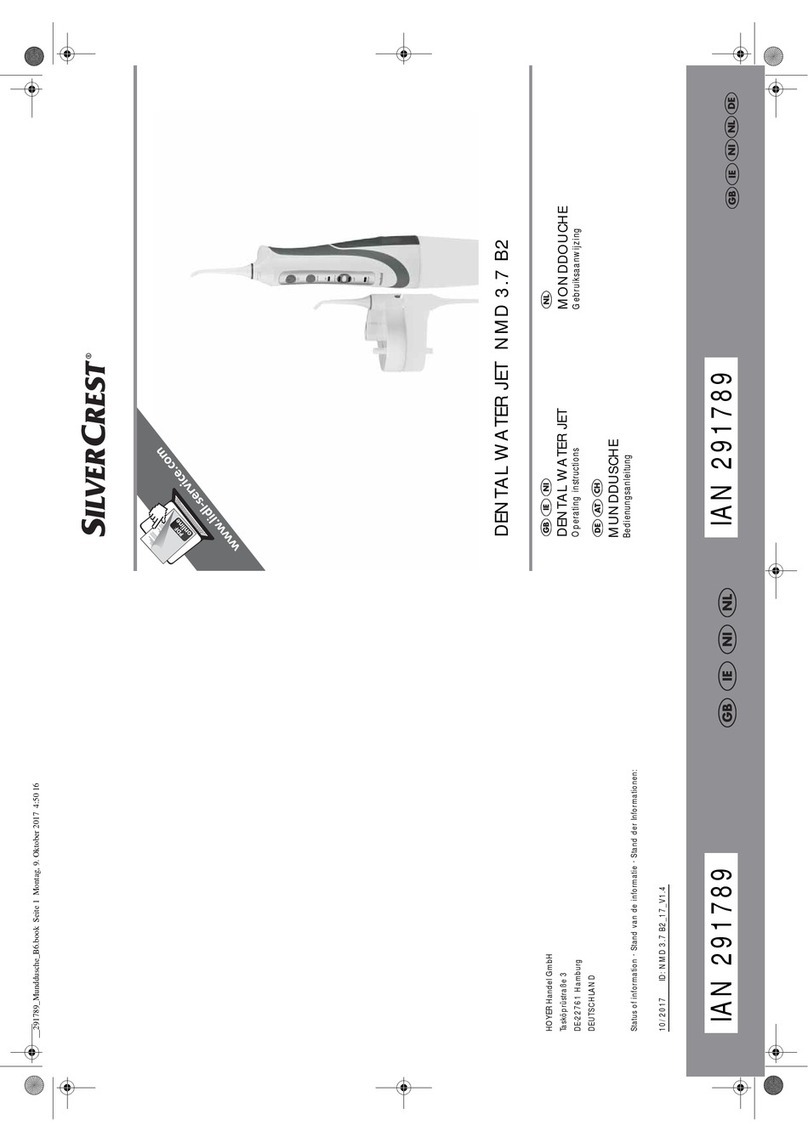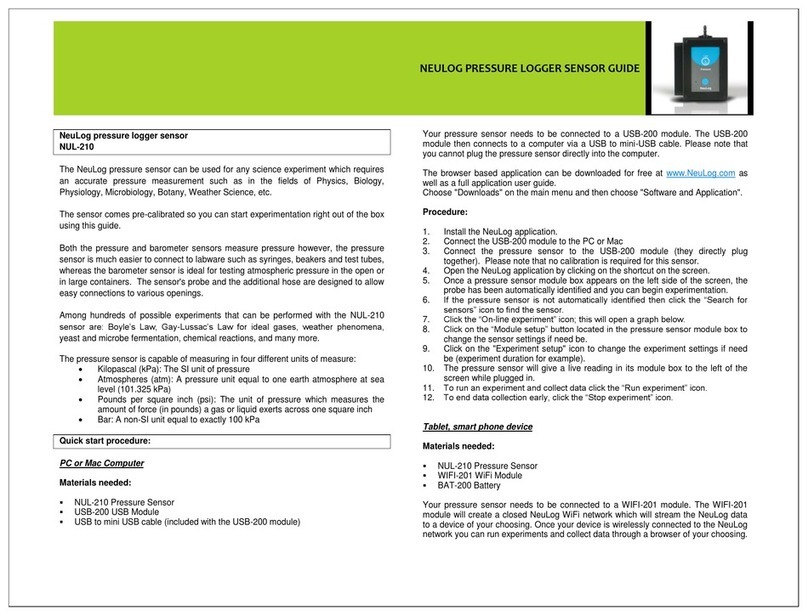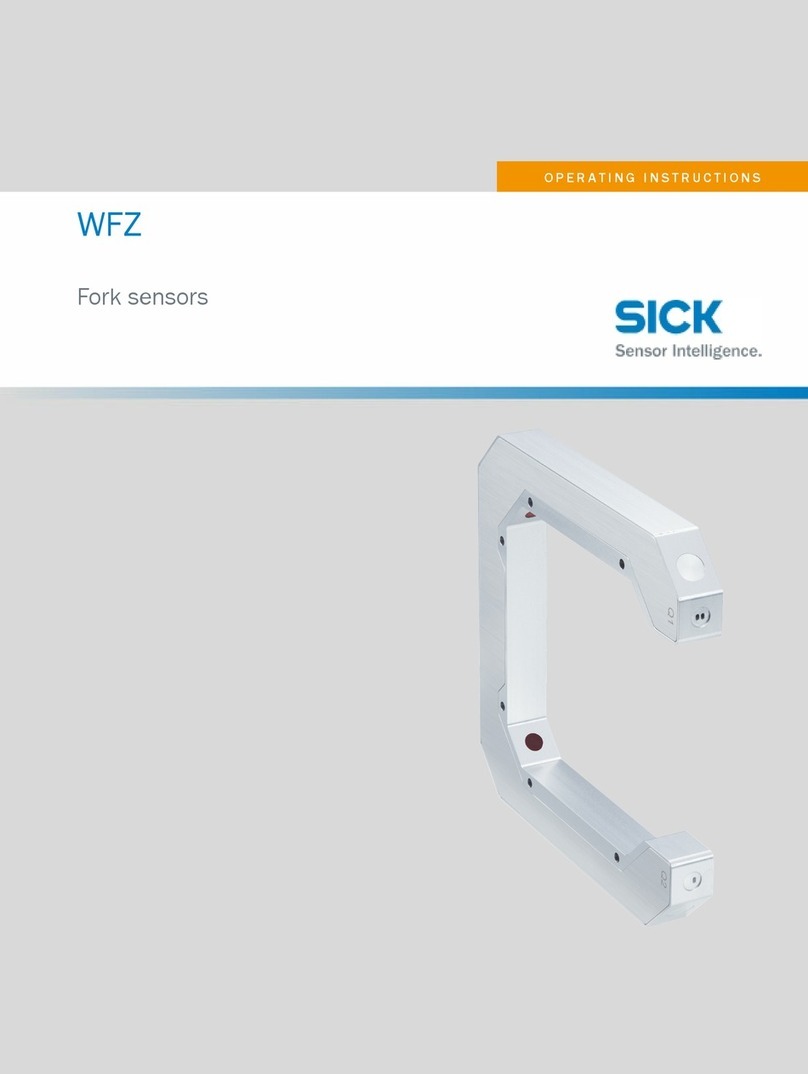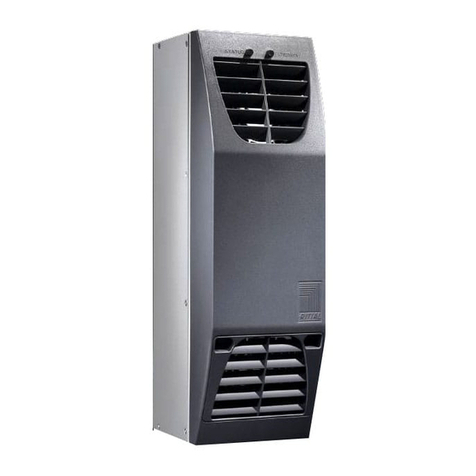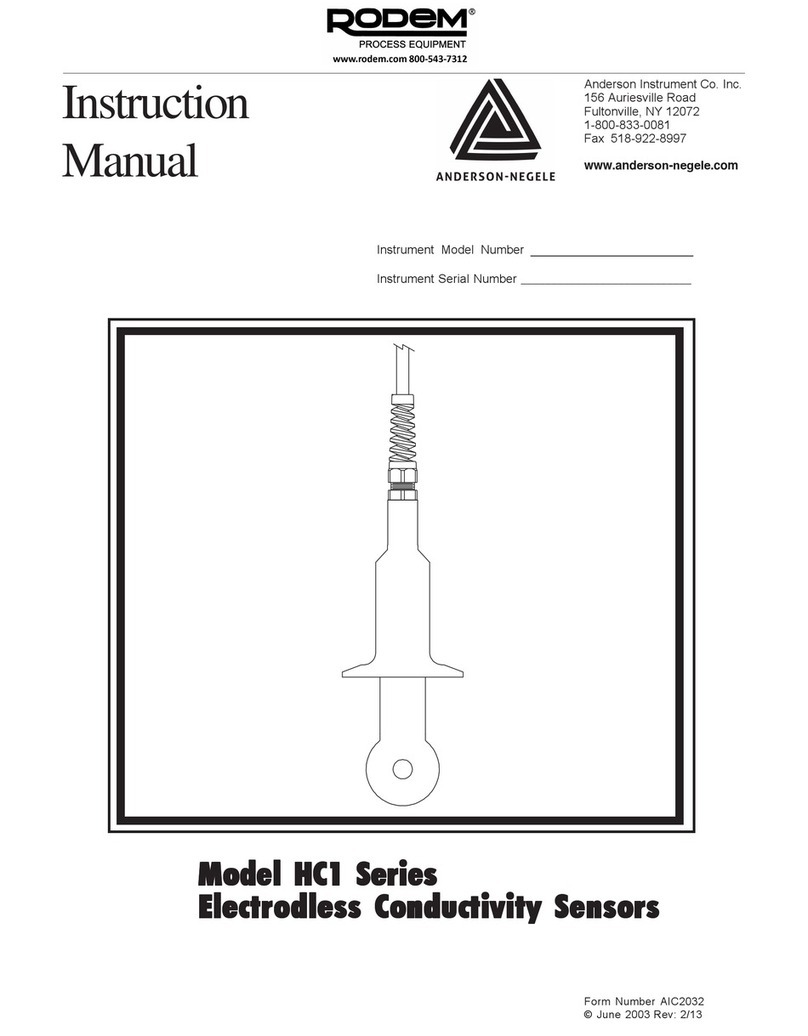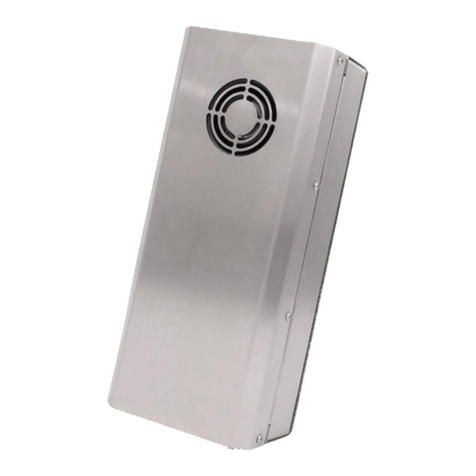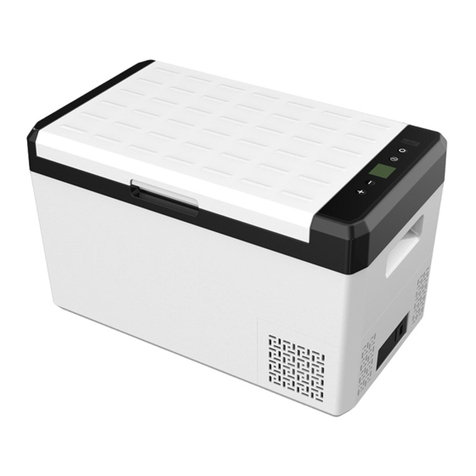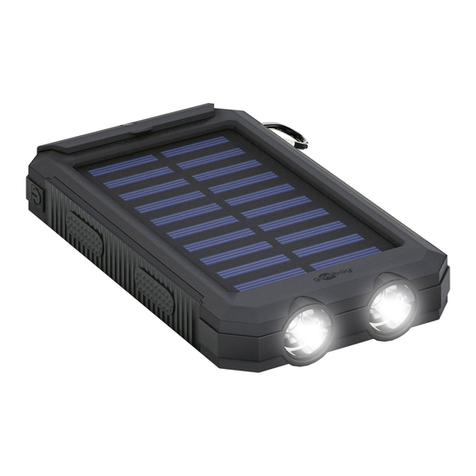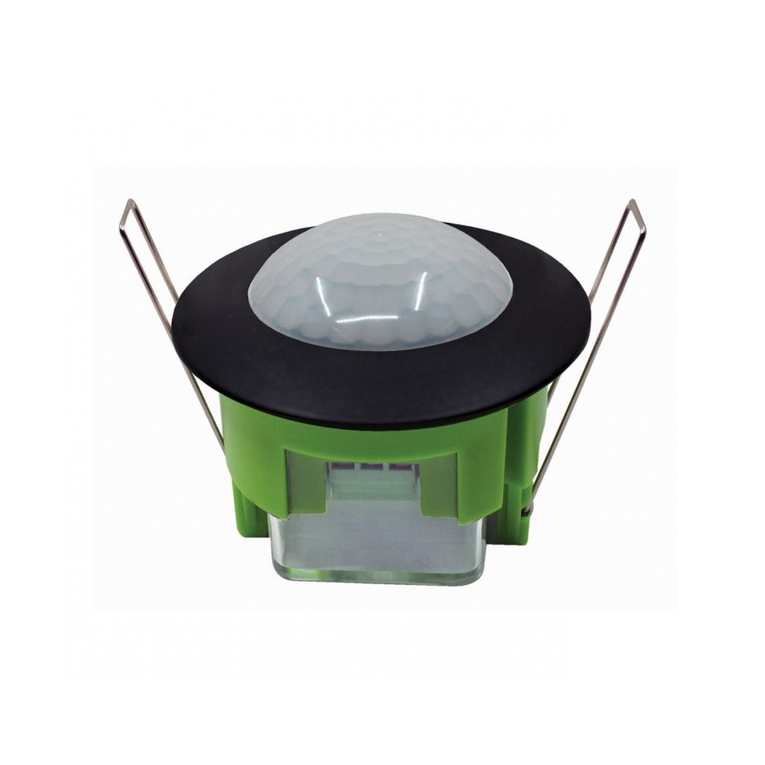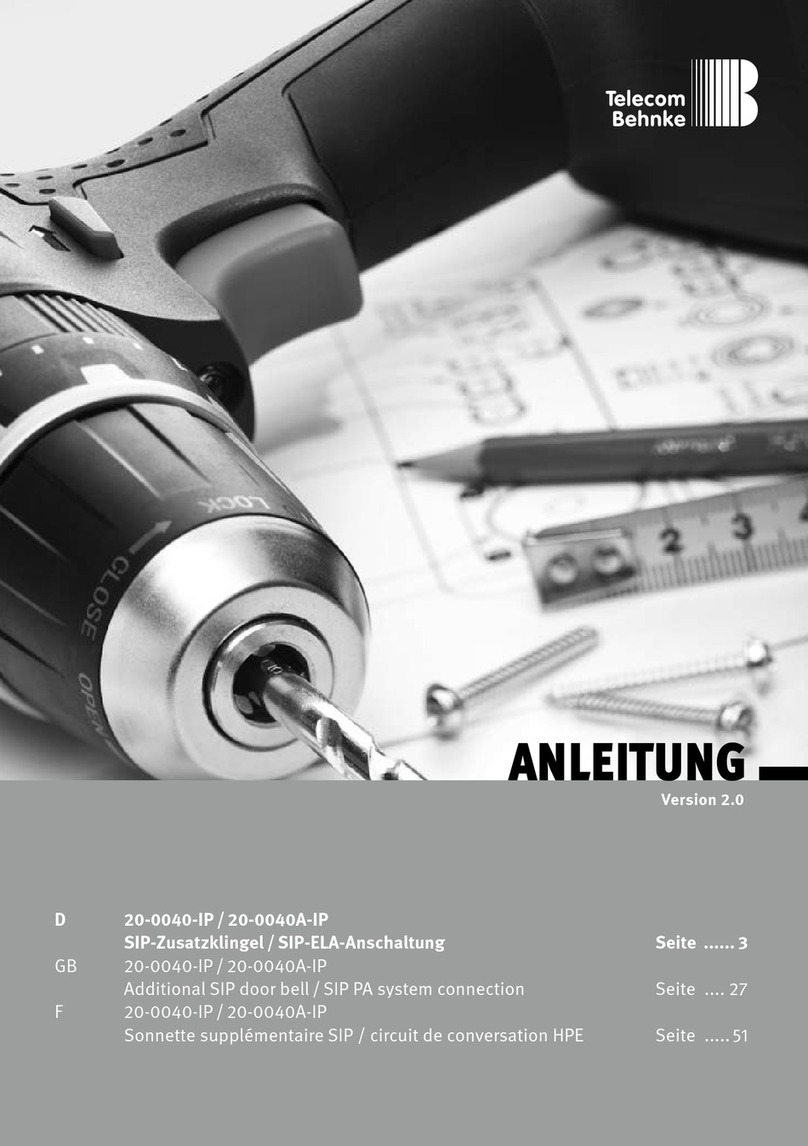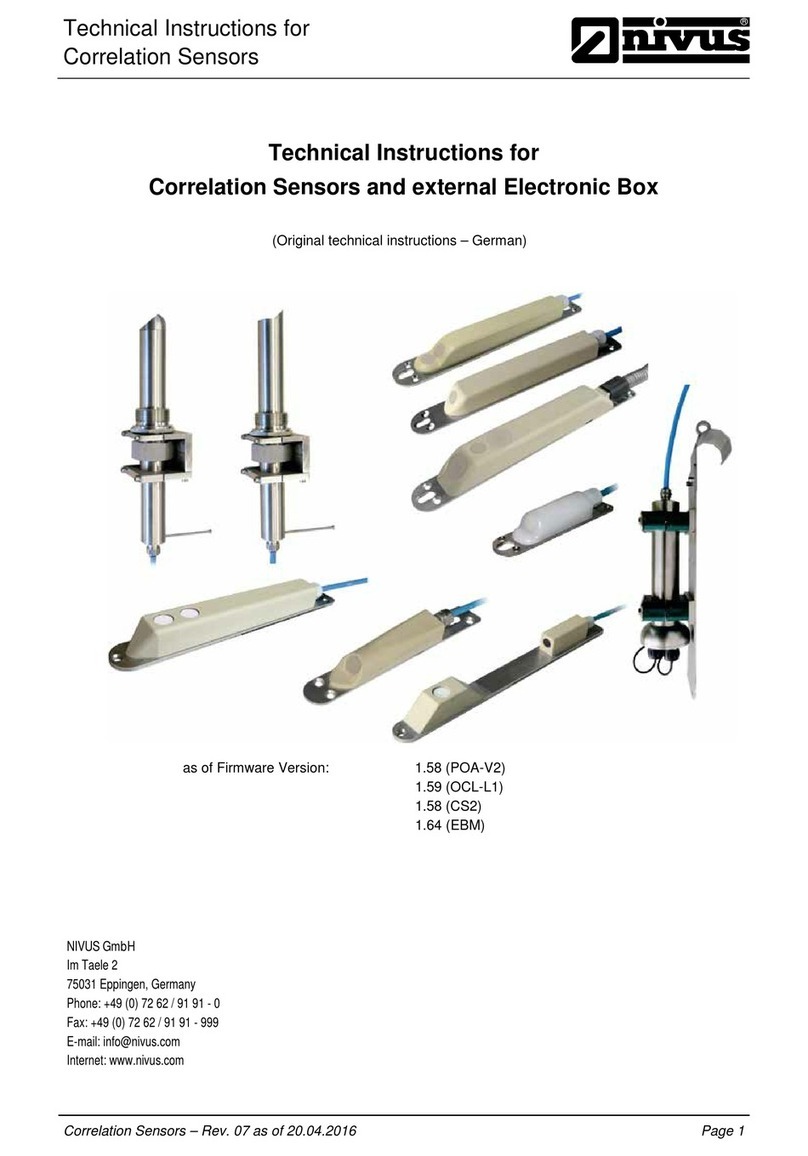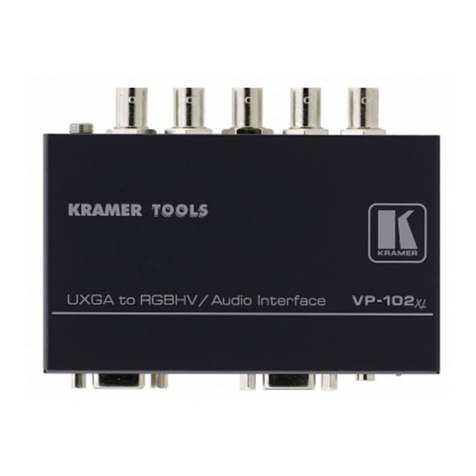SOL paragliders CX MAX User manual

Manual
LTF / EN
Version 1 8 / 2020

2 3
Summary
WELCOME TO THE SOL TEAM .................................................................... 4
Symbols.......................................................................................... 4
IMPORTANT NOTES..................................................................................... 5
............................................................................... 6
.......................................................................... 6
................................................................................... 6
.................................................................... 6
Accessories .................................................................................... 6
HARNESS ...................................................................................................... 8
Technical Resources ....................................................................... 8
Comfort........................................................................................ 10
Safety ........................................................................................... 12
Aerodynamics .............................................................................. 13
Technology................................................................................... 14
....................................................... 16
................................................................. 16
.......................................................... 17
................................................................ 18
...................................................... 18
Rescue parachute compartment ................................................. 22
Side adjustaments........................................................................ 23
Shoulder adjustament ................................................................. 23
Adjustment ventral ...................................................................... 24
Legs adjuntments......................................................................... 25
Safety system ............................................................................... 26
Leg cover adjustment .................................................................. 27
Leg cover closing.......................................................................... 28
Container for instruments ........................................................... 28
.............................................................. 29
Pockets......................................................................................... 30
................................................... 30
Ballast compartment ................................................................... 31
.................................................................... 33
.............................................................. 35
..................................................................... 35
............................................................................... 35
............................................................................... 35
....................................................................... 36
................................................................. 36
Water landing .............................................................................. 36
....................................................................... 36
Storage......................................................................................... 36
Back Pack ..................................................................................... 37
........................................................................................... 38
INSPECTION............................................................................................... 39
REPAIRS...................................................................................................... 39
................................................................................................ 40
OPERATION LIMITS ................................................................................... 42
............................................................. 42
............................................................................................ 43
TECHNICAL DATA....................................................................................... 44
Weight, measure and data........................................................... 44
Reference table: Height X Weight................................................ 46
Parts and materials ...................................................................... 48

4 5
You have just acquired a high-quality product, manufactured under one of the most
demanding industry standards worldwide. We are certain that this equipment will allow
you to learn, increase and amplify your knowledge and technique during your ights.
We hope your harnesses CX MAX will provide you with many nice ights and that you’re
experiencing moments that will last forever in your memory. This way our philosophy
will proof right: security, performance, easy handling and innovation.
Please, read this manual carefully. All necessary information you’ll need for your new
equipment is right here.
In case of questions or doubts regarding your paraglider or in case you simply are
interested in our new products - we are at your dispose.
Thank you very much for choosing SOL PARAGLIDERS.
Warnings and important notes - pay attention and read carefully
Notes regarding environment protection
Additional information
WELCOME TO THE SOL TEAM IMPORTANT NOTES
- As owner of a Sol Paraglider you are responsible for all possible risks existing by using
this equipment. The inappropriate and/or abusive use of your equipment increases this
risks.
- It’s not possible to transfer this responsibility of risks, using this equipment, to the
producer, distributor or seller.
- A regular training, whenever possible, especially on the ground, is indispensable and
necessary. A poor handling and control of the glider, especially on the ground, is one of
the most frequent causes of accidents.
- Always be prepared to improve your skills. Attending special workshops will improve
your skills and maintain your knowledge about materials and techniques, which always
are developing, up to date.
- Only use a certied paraglider, use them within the described and certied limits.
Remember, if you y a paraglider outside the certied norms your insurance will not pay
the damage. It is in your responsibility as a pilot to know what your insurance covers.
- We recommend that every new or reviewed harnesses will be tested on the ground
and ew from the training hill by his pilot.
- Never take off without helmet, hand-gloves and boots.
- Check all your equipment before each ight. Never take off with an inappropriate or
damaged equipment.
- As pilot you only are allowed to use a paraglider in accordance to your skills and in
accordance to the instruction level required in each country.
- Before each ight check your physical and mental state. Are you t to y?
- Before take off choose the right harnesses and environment, check the weather
conditions, if you have any doubt - don’t y.
- Never y during rain, snow, strong wind, turbulent conditions or if thunderstorm clouds
are in the sky.
- If you are always ying with conscious - you’ll be able to y for many years your glider.
Symbols

6 7
The CX Max is a fairing harness completely developed for competitions, great ights and
world records. The SOL CX family of harnesses is recognized for having collected many
titles and all the most important world records since 2002.
It has better aerodynamics to help gain paragliding performance. Its ergonomic shape
and geometry are based on new paragliding designs where the harness is a key element
for piloting and performance.
CX MAX - THE PROJECT
Comfort - Security - Modern design - Easy handling - Long life - Aerodynamics
Along with your harnesses you receive:
The CX MAX has a LTF / EN certication. The certication details are available on: www.
solparagliders.com.br.
The CX MAX harness is a faired harness designed for racing, cross country and pilots
who already have an experience in thermal ight.
Special characteristics
Certication
Recommendation
Accessories

8 9
1. Spacious storage compartment;
2. ID compartment;
3. Water compartment (hydration system);
4 Passage for hydration hose exit and for Radio PTT;
5. Front isntrumente container with 10L ballst compartment;
6. Speedbag closure by pulley system;
7. Composite Divinycell® lightweight seat plate;
8. Cable guide for accelerator;
9. Easy speedbag entry and exit;
10. Composite Divinycell® lightweight footboard;
11. 2 side pockets;
12. Speed system with 39mm ball bearing pulleys;
13. Two connection points for medium or large pulleys;
14. 8-liter ballast compartment with side hose outlet.
Technical Resources
HARNESS
1
2
34
5
7
9
8
10
11
12
14
6
13

10 11
1. Shoulder pads adjustable;
2. Side adjustments;
3. Lumbar adjustments;
4. Chest strap adjustment;
5. Anatomic back shape;
6. Leg strap adjustment in V;
7. Adjustable carabiner distance 35-55cm;
8. Inclination and length adjustment of the speedbag;
9. Anti-forget closure system in T;
10. Lateral plates for weight distribution;
11. Anatomic shoulder shape;
12. Independent and adjustable ABS;
13. Seat plate inclination adjustment;
14. Front closure system in V (28 mm);
Comfort
1
2
3
4
5
7
9
8
10
11
13
14
6
1
2
3
6
8
10
10 10
13
14
8
8
12 12

12 13
1. Rescue compartment right side;
2. Back protector foam LTF / EN certied;
3. ANTI-G compartment;
4. Independent bridles system according to LTF / EN norm;
5. Rescue compartment left side;
6. Safety T lock;
7. Impact protection and perforation plate.
1. Proled rear spoiler;
2. Aerodynamic Speedbag nose;
3. Speedbag with built-in container.
Safety Aerodynamics
12
3
4
7
5
6
1
3
2

14 15
Technology
Increased stability of the harness without losing the possibility of
piloting with the use of body weight.
Care with weight distribution throughout the set and various
adjustments for the best comfort.
For those pilots who wish to y with two rescue systems.
Easier to connect and disconnect from the harness.
Essential anti-forgetting feature for connecting leg.
Protectors designed and tested for real additional passive safety.
Is the hybrid utilization of various types of fabrics and lines. An
optimised combination of durability and resistance with low
deformation and less weight.
Cutting edge technology laser equipments prepare all molds and
parts of the canopy.
Aerodynamic coefcient.

16 17
ADJUSTMENTS AND INSTALLATIONS
The CX MAX Harness provide a variety of adjustment possibilities, so that the pilot is
able to nd his/her ideal ying position. The rst adjustment must be done in a simulator
where you can be hanging in order to make the adjustments
It may be necessary to take a few testing ights until the ideal setting is achieved, but
the pilot will be rewarded with amazing comfortable ights.
For your rst ight, choose calm weather conditions. Should you need to make further
adjustments, it will be easier to nd the ideal position after this rst ight.
Install the back protector and the reserve/s before you make the adjustments
ofthe SOL-Harness.
Never carry instruments that may perforate the harness backing in case of
impact.
Step 1. Step 2.
Carabiners installation
Pay attention at each installed carabiner of the permission and/or other
references of the producer. You have to look out regularly for thin ssures and/
or mal-function. The carabiner has to close always 100%.
If you choose to change the carabiners (even made of steel) at least each 5
years or after 250 ight hours you are making a wise decision.
We know that the choice of carabiners is an option of the customer, seek to use
compatible products SOL.
Back protector installatiom
It’s mandatory to use the proper SOL CX MAX back protector with this harness. Any
other protector use will result in certication loss.
It´s very important to x the protector against movements.
After a hard landing on the protector, the harness and the protector has to be examined
for damage.
A damaged protector could not further be used, cause probably he doesn´t match any
more the test results. The certification expired. A change is necessary – it´s also in your
interest an safety. Please let all parts of the harness be examined. The activator for the
reserve has to function 100%, also the mechanism of the carabiners.
If necessary, you should ask for professional help to make sure it is properly function
Step 1. Step 2.
Step 3. Step 4.

18 19
ll necessary buckles to adjust the speed system are found on the harness’ body. Follow
the instruction in the image. First you have to thread the line through the metal grommets
in front of the seat.
Accelerator installation
It is possible to install two parachutes into the harness beneath the seat. For installation
details take a look at the drawings. The drawings should help you to understand the
installation. In case you are uncertain ask a professional for help, to be sure that the
installation is correct.
Rescue parachute compartiment volume
Principal parachute - Right: 4000 / 9000 cm³
Principal parachute - Left: 2500 / 4500 cm³
Rescue parachute installation
Step 1. Step 3.Step 2.
1
2
3
Step 1. Step 2.
Step 3.
Step 5. Step 6.
Step 4.
Step 7. Step 8.

20 21
Step 9.
Step 13.
Step 10.
Step 14.
Step 11.
Step 15.
Step 12.
Step 16.
Step 21. Step 22.
Step 23.
Step 17. Step 18.
Step 19. Step 20.

22 23
Make sure the setting is symmetric for your safety and comfort.
Side adjustaments
Shoulder adjustament
1. Shoulder adjustament: Make sure the shoulder adjustments setting are symmetric
for your safety and comfor, For better comfort, the shoulder straps support part of the
dorsal weight.
2. Shoulder adjustament: The adjustable chest strap is xed on the shoulder strap. This
is for your comfort and safety. They better be aligned with the shoulders. In the lock is
integrated an emergency whistle.
All necessary buckles to adjust the speed system are found on the harness’ body. Follow
the instruction in the image. First you have to thread the line through the metal grommets
in front of the seat.
Before every flight, inspect the activation handle and its pins, to make sure they
are at the correct setting position.
After the installation you should make a test
The size of the container takes into account the size of the reserve, large
reserves may not be suitable for this space.
Pay special attention to the fact in which direction you must pull your rescue
parachute in order to throw it out.
The reserves parachutes compartments on your harness were designed for most of the
parachutes in the market. In any case, you must install, simulate and perform all testing,
so that you will not have any surprises in case you need to activate it. Any questions
concerning its operation must be dealt with during the installation and setting of the
harness before the rst ight.
If you need a strong force to remove the rescue parachute, check the installation again.
All questions about operation should be discussed during installation and adjustments.
If you have doubts, please ask a SOL dealer or an authorized ight school.
Rescue parachute compartment
In case of a rst combination between harness and reserve there has to be
made a test of compability. This test has to me made from an authorized person
or workshop!
Never sit down in your harness for tests or other activities when it is layed on
the ground, this can damage the harness, the rescue container and the whole
rescue system.
The reserve has to be packed and checked every year. This has to be done by
an authorized workshop. Pay attention to the references in the owner’s manual
for your reserve. Each check is to be marked in the check protocol of the reserve.
After the first and each following installation has to be made a test to secure
that the applicated force to pull the reserve lays between 2 and 5 daN.
Adjustament 1. Adjustament 2.
Adjustament 3. Adjustament 4.
2
1
3
4
Adjustament 1. Adjustament 2.
1 1
2

24 25
Adjustment ventral
1. Adjustment ventral: The chest strap is responsible for the ventral opening, depending
of the paragliders size. There is a measurement of the carabiners opening to which the
paraglider was designed and tested.
We have included a tape with your harness to help you set the exact measurement of
distance between the carabiners.
The measurement has to be made at the points indicated in the picture above.
The distance has to be within the limits to obey the characteristics of the
certication.
With SOL paragliders you must y within these measurements. In case you are outside
these measurements, the paraglider’s behavior can not correspond to the certication.
Legs adjuntments
1. Legs adjuntments: Make sure the legs adjustments setting is symmetric for your safety
and comfort.
1
Step 1. Step 2.
Step 3. Step 4.
Step 5. Step 6
Check the correct closing buckles before the ight.
SIZE XXS XS S M L XL XXL TANDEM
38 CM 38 CM 40 CM 42 CM 44 CM 46 CM 48 CM 44 CM

26 27
Safety system
1. Leg cover closing
2. Anti-forget safety system for leg and chest closing.
Adjustament 1. Adjustament 2.
Leg cover adjustment
Your harness is composed by a leg cover and a main part which adjustment details must
be carefully observed. They are the ones that make your ight position been aerodynamic
and comfortable.
1. Adjustment: Composed by strips that can extend or short the leg cover (8 cm). Find the
best position for your legs.
1. Adjustment: Composed by velcro which allows to extend or shorten the bellow part of
the leg cover (10cm).
The adjustments must be always symmetric to avoid discomfort.
Its position gets altered when the reserve or baggage is placed. Put all these
items at the moment you are making the adjustments in your harness.
Try to be always in a position that does not affect your paraglider performance.
2
1
Adjustament 1. Adjustament 1.
2
1
2

28 29
Leg cover closing
Your leg cover is composed by 2 closing points
1. Closing the bottom part of leg cover
2. Closing the superior part of leg cover.
Adjustament 1. Adjustament 2.
Container for instruments
The container has a detachable platform for the instruments with zipper fixation.
1
2
Hydration Compartment
Your harnesses has a camelback compartment located at the harness back. An opening
allows the camelback hose exit next to the pilot, according as indicated.
Step 1. Step 2.
1
2
Step 3. Step 4.
3
4

30 31
Pockets
CX MAX harnesses feature several pockets. These pockets were designed in such
way that they will keep its contents from falling accidentally during ight.
1. Pockets.
2. Side pockets.
Anti-G parachute compartment
Ballast compartment
With a new concept, a CX MAX brings even more options for pilots. The current
compartments comes with the possibility to use with a side hose outlet. So you can work
better within the weight range of your paraglider.
1. Superior 10 liters.
2. Lower 8 liters.
1. Pockets. 2. Side pockets.
2
1
2
1
Step 1. Step 2.
12
Step 3. Step 4.
3
4
2
1
1
Read the user manual for your Anti-G parachute.

32 33
Adjustment for ight
efore the rst ight, we suggest the pilot simulate his/her ying position hanging the
harness on a harness tester, sitting on CX MAX Harness and trying to nd the best
position adjustment. This simulation becomes more realistic if the back pocket is lled
with objects the pilot would normally carry during ight
The pilot must choose the best body inclination, respecting a central vertical line. We don’t
advise a steep inclination, so that vision and access to commands are not jeopardized.
Avoid a laying ying position, as this alters the paraglider’s commands.
Your command is shortened and More vulnerable to a twist.
Step 1.
Step 3.
Step 2.
Step 4.
1
2
Superior.
Step 1. Step 2.
1
2
Lower.
Step 3.
3
Step 4.
4

34 35
Tow release take off
The CX MAX can be used for towed ight. The used equipment must be certied, the
team handling the equipment must be licensed and you must have done a workshop
learning this take off. Always use the special tow connection. The take off only should be
done if the canopy is lled completely and steady above the pilots head.
THE HARNESSE - INFORMATION
Tandem ight
The CX MAX was not designed and is not certied for tandem ight. SOL Paragliders
doesn’t recommend this type of ight
Compatibility
SOL harnesses have no restrictions for use with other brands of paragliding, see also
your paragliding manual.
Note the incompatibility of accessories this can bring risk to your ight.
The installation of accessories must obey the use of the same. (see installation
instructions in the accessory manual used).

36 37
Take Off Check List
Before you begin ying with your new SOL Harness, make sure to perform the following
inspection in detail:
- All pockets are closed.
- The reserve parachute handle is in the correct position.
- Each hook (chest / leg) is connected and closed.
- The carabiner opening is correct.
- Using the harness CX MAX make sure that all hooks are closed, pay attention to the
audible “click”. Also pay attention that no dirt or ice is getting in the mechanism. If
necessary lubricate.
EXTREME FLIGHT SITUATIONS
Water landing
Storage
Usually safety courses are taught over water, or a poorly calculated landing may
force you to land in the water. In this event, you must be careful since the protector
at the rst moment will act as a oating device, therefore forcing your head into the
water and you could be in danger of drowning. The foam, already saturated with
water will get heavy and may naturally sink. In case of water landing open as fast as you
can the locks and get out off the harness.
After a water landing you must take the protector, seat board, and let them all dry under
shade in a breezy area.
Avoid storing the harness for a long time in the back of the car or under extreme sun.
Heat could jeopardize the materials and/or the proper function. UV radiation destroys the
molecular structure of the material.Avoid storing the glider near re and/or sharp objects.
Any contact with acids should be avoided. In case of any doubts ask your distributor.
STORING YOUR HARNESSE
Back Pack
We recommend that you store your equipment in the back pack. That way it is easy to
transport and protect. Your back pack was designed to be useful and comfort. Do it this
way:
Step 1: Open your back pack and put your
glider in.
Step 2: Your harness put above the glider
and close the zipper.
Step 3: Store your helmet and accessories
between the glider and the harness or in
the upper part of the back pack.
Step 4: Close all parts and pockets of the
back pack.

38 39
TIPS FOR CARE
- The harness fabric is made mainly out of Nylon, which like any other synthetic material
is sensitive to UV light radiation, causing it to decompose and losing its mechanical
resistance. For this reason, the unnecessary exposure to sun light, which carries a high
UV radiation level in high altitudes must be avoided. It is highly recommended to leave
the harness stored away and well protected when it s not being used.
- Avoid handling the harness with friction to the oor, this helps to reduce the wear on
the fabric and seams, in addition sharp corners can cut the fabric.
- If you get your equipment wet, try to dry it in the shortest possible time of exposure to
the sun. To dry your harness completely, you must remove the column protector, board
and side protections if you have one.
- In case of contact with salt water, the harness must be rinsed with fresh water. Salt
water can decrease the strength of seams, even if rinsed with fresh water.
- If your parachute gets wet with your harness see how to proceed in your parachute
manual.
- Cleaning must be performed only when it is absolutely necessary. We recommend the
use of water only with a smooth sponge or cloth. Do not use any chemical product, since
it will damage the material permanently.
- It is important you keep pulleys lubricated because in case they do not work may
consume the speedy handle or axle, read carefully about the lubricant to avoid spots
and fabric consume. Do not apply on the sewing lines.
INSPECTION
REPAIRS
The harness must follow the revision schedule:
- The rst inspection check is mandatory completing 12 months, 100 ights or 100 hours
ights, whichever comes rst.
- After the rst review, the harness needs to be reviewed every 12 months, 100 ights or
100 ight hours, whichever comes rst.
- It may happen that in the review a shorter period for the next review is dened (for
example or 6 months, 50 ights or 50 ight hours), whichever comes rst.
- Without performing the mandatory inspections, the harness loses its certication and
the warranty becomes null and void.
- After any kind of accident or a long period without use: sent the paraglider for inspection
to an authorized dealer’s workshop or to the manufacturer. It’s for your own good.
- Minor repairs (see repairs) you could do by yourself, but all other repairs must only be
made by an authorized dealer’s workshop or the manufacturer.
Repairs must only be made by an authorized dealer’s workshop or to the manufacturer.
Minor repairs could be handled by yourself, although we recommend that repairs should
be performed by the manufacturer or authorized personnel. They have the necessary
materials and tools to maintain your harness. Replace materials only with the
originals.
If a repair is necessary, only authorized SOL dealers or accredited workshops should be
sought. Your SOL dealer will surely help you nd one in your region.
When replacing damaged parts, care must be taken so that only original parts or
materials from SOL are used. If other parts or materials are used, the approval expires.
Table of contents
Other SOL paragliders Accessories manuals
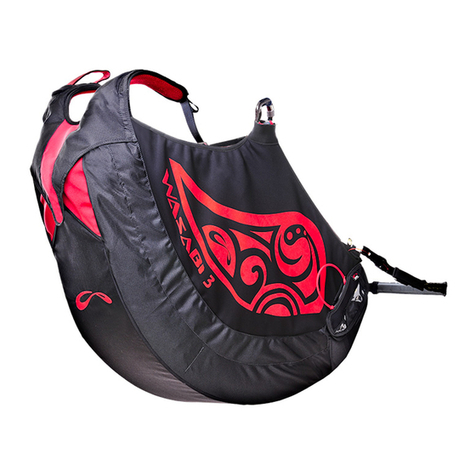
SOL paragliders
SOL paragliders Just Acro Manual
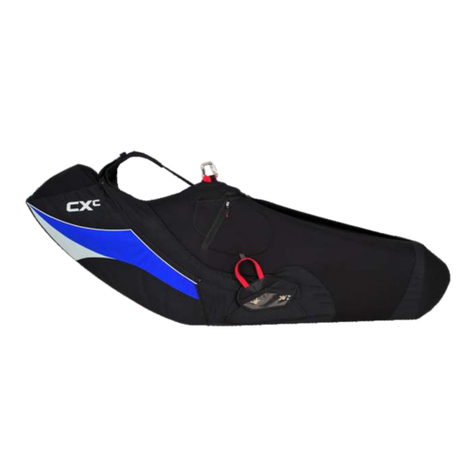
SOL paragliders
SOL paragliders CXC User manual
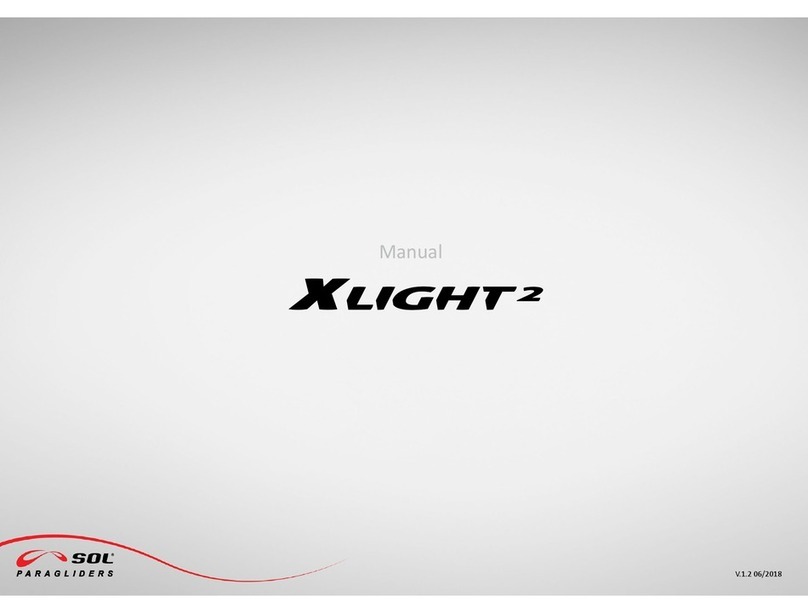
SOL paragliders
SOL paragliders X-Light 2 User manual
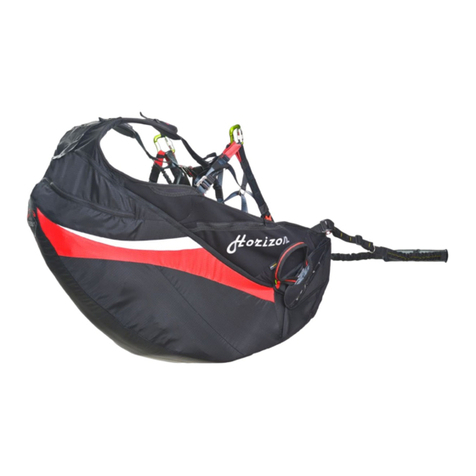
SOL paragliders
SOL paragliders HORIZON User manual
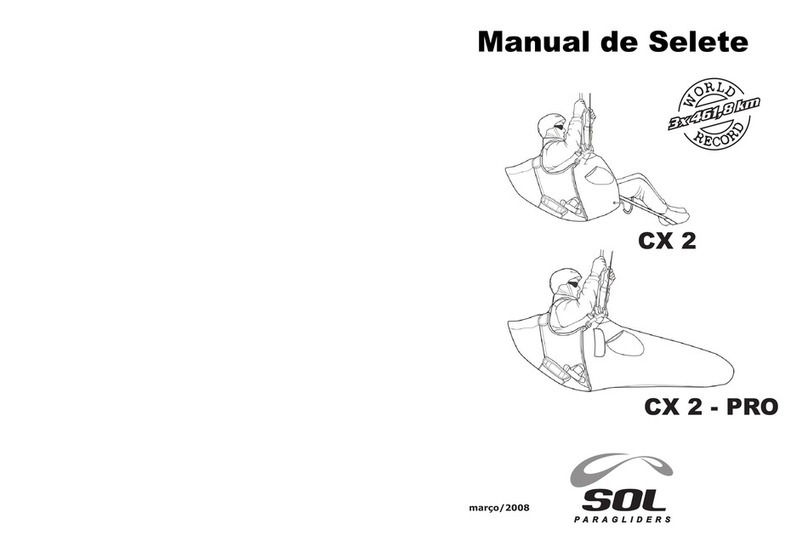
SOL paragliders
SOL paragliders CX 2 User manual
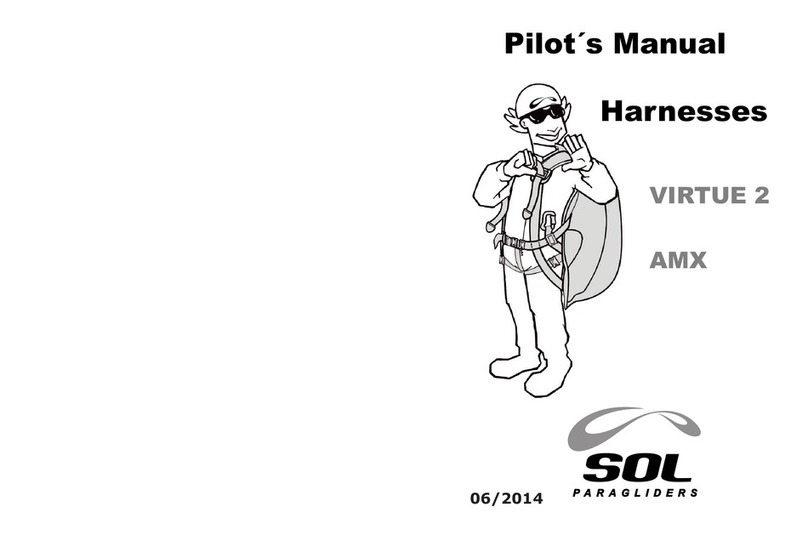
SOL paragliders
SOL paragliders VIRTUE 2 Manual
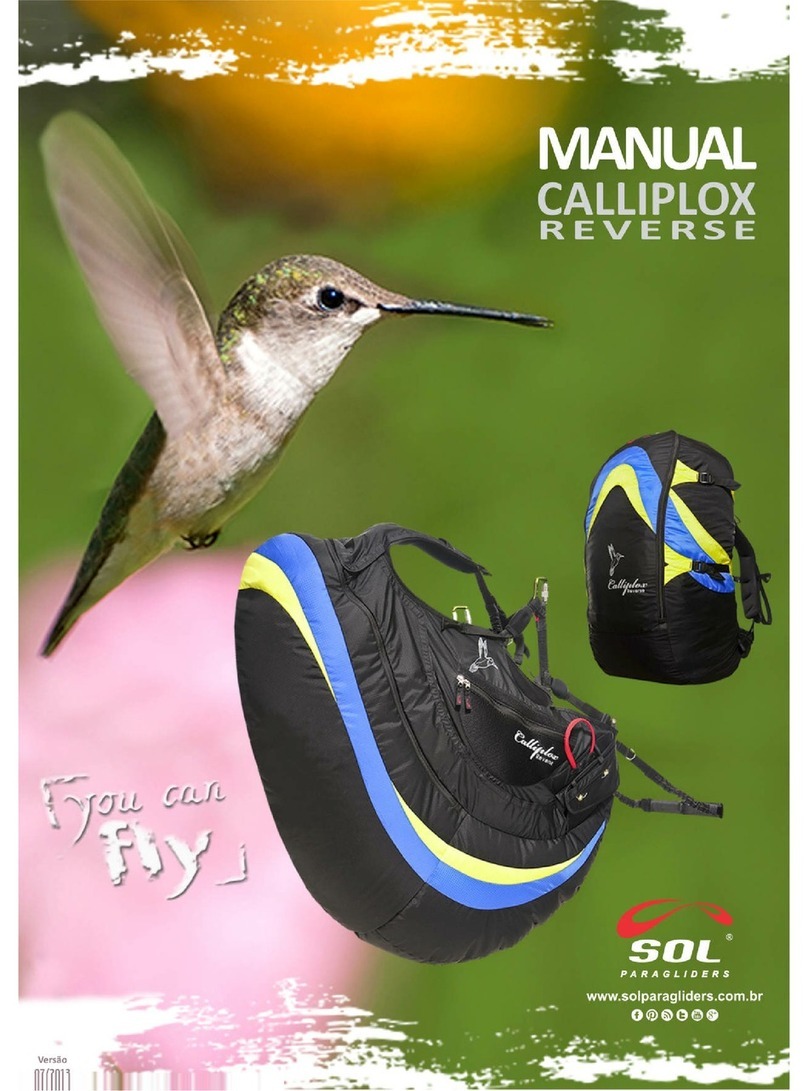
SOL paragliders
SOL paragliders Calliplox Reverse User manual
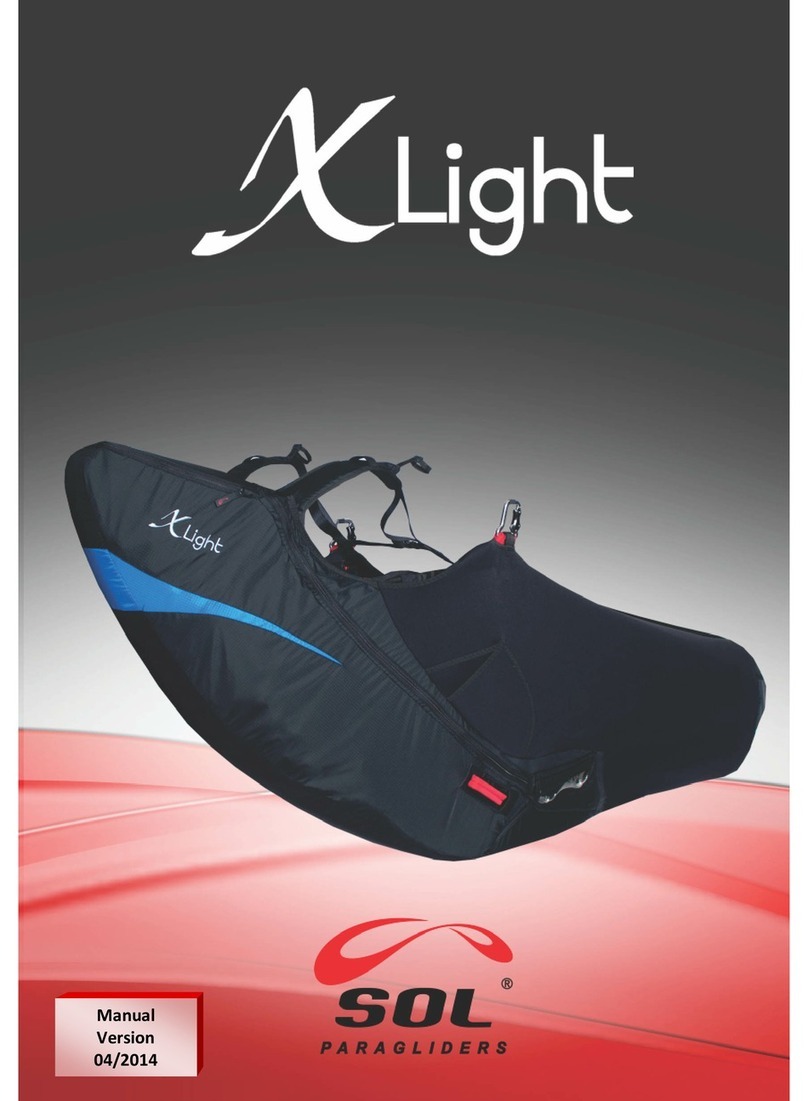
SOL paragliders
SOL paragliders X lIght User manual
